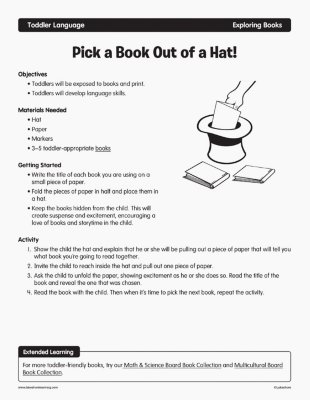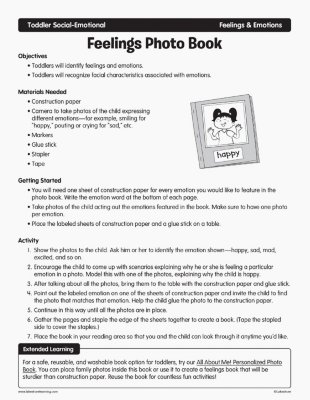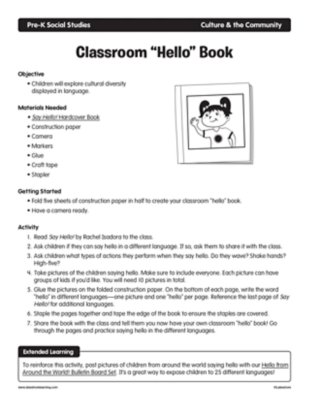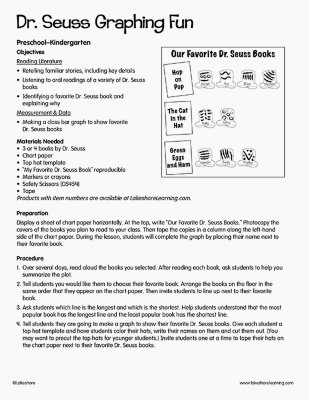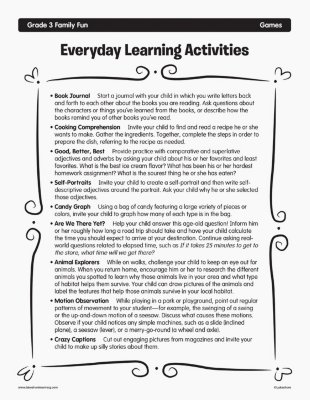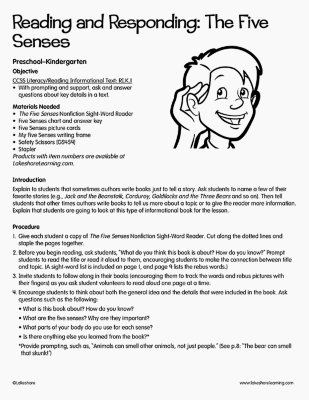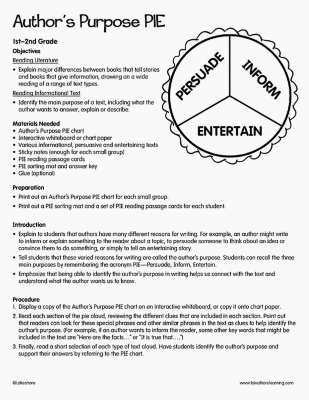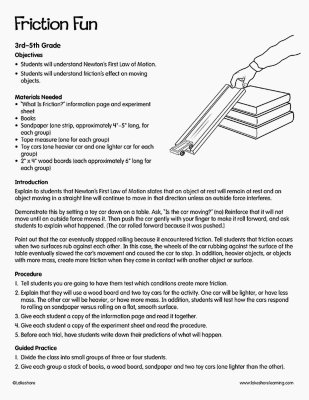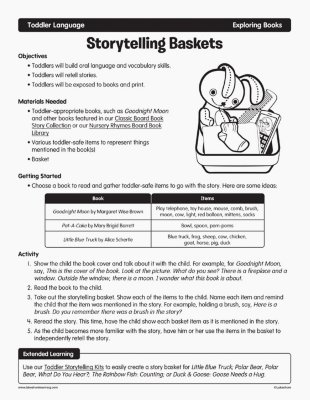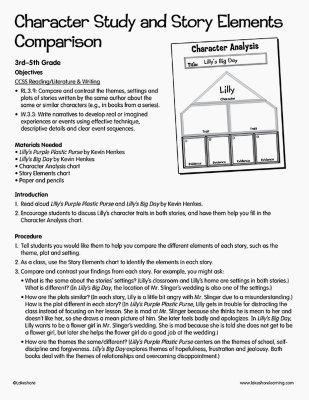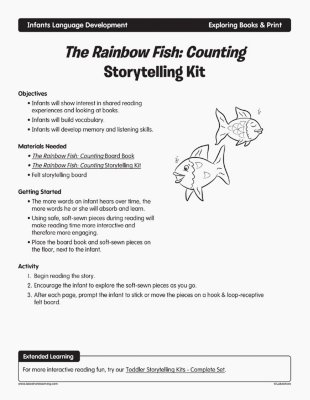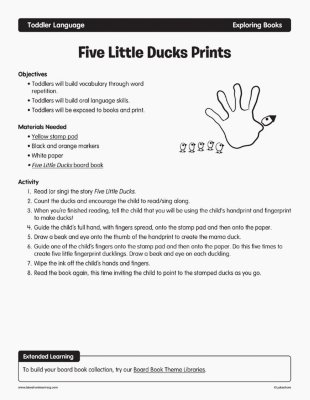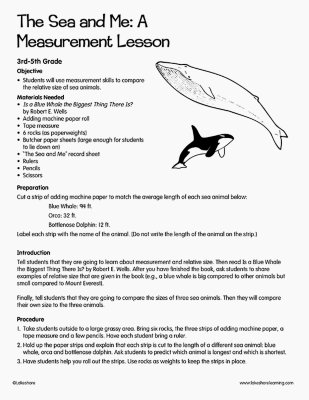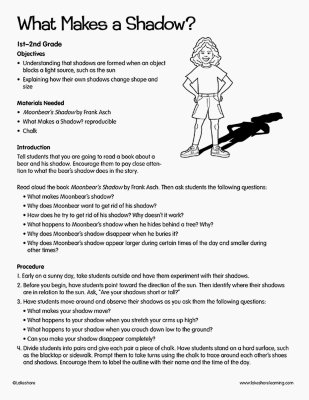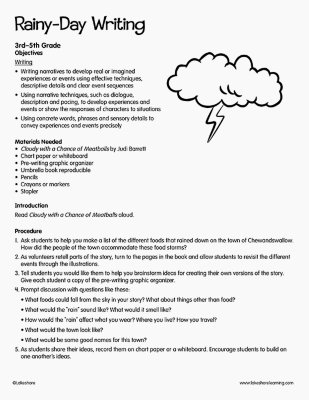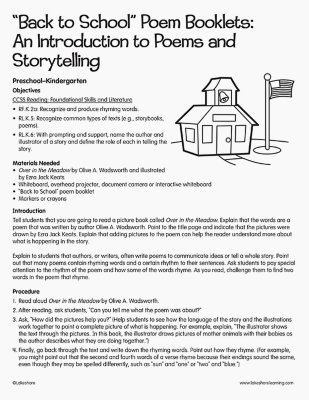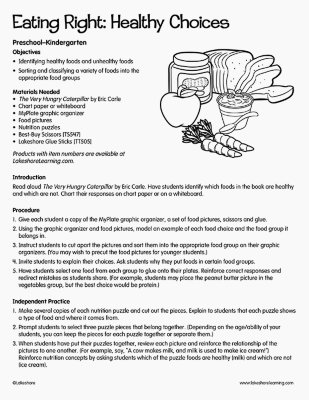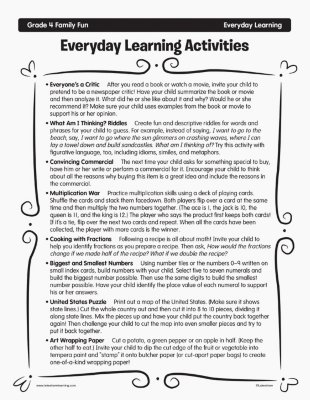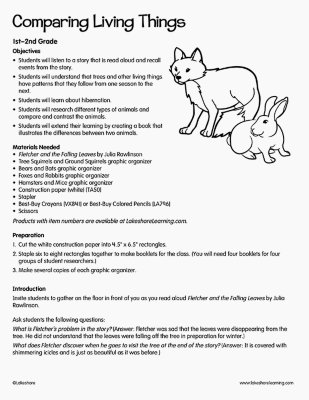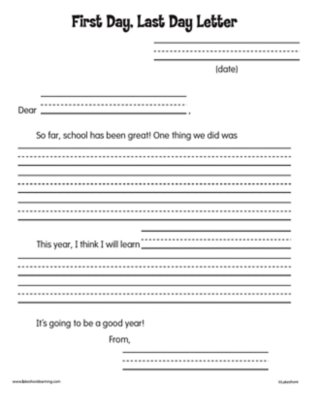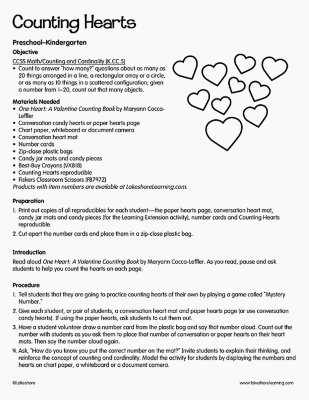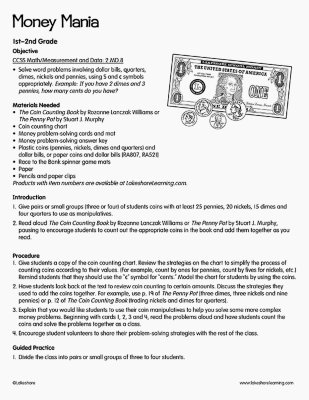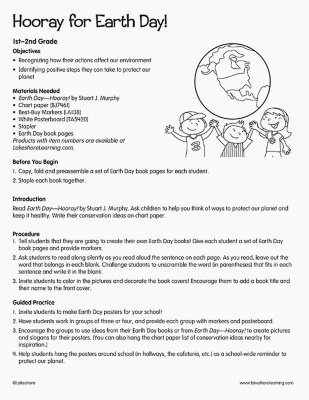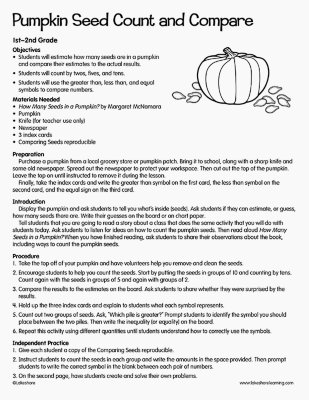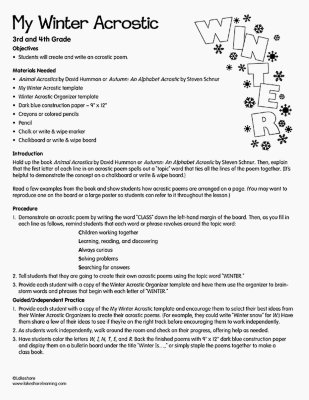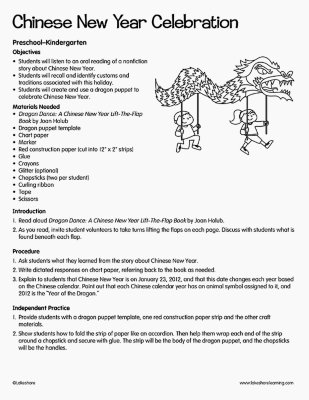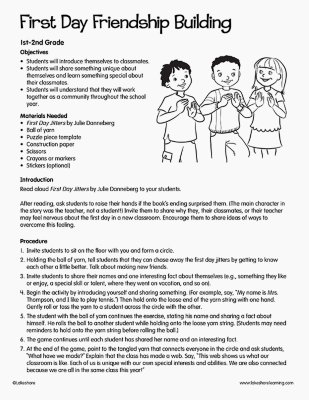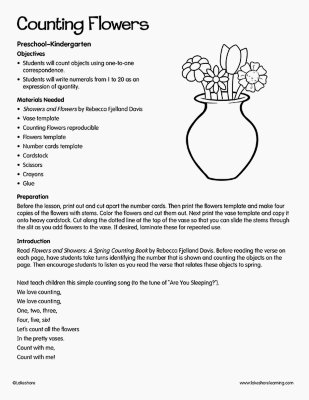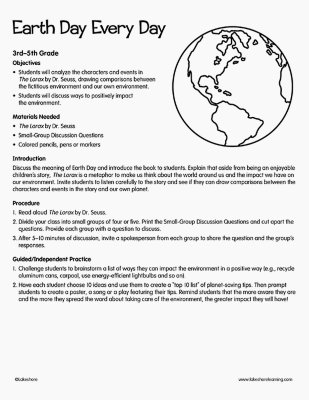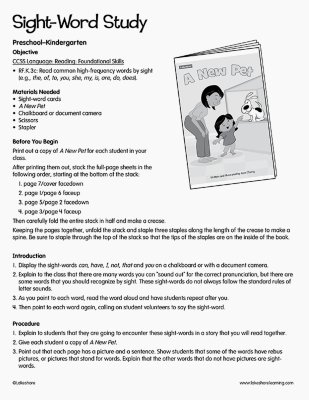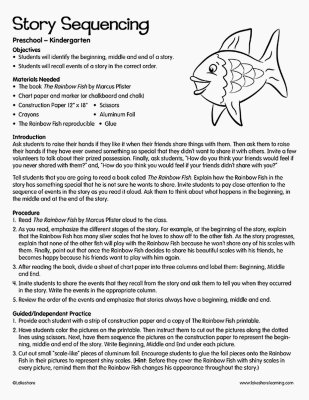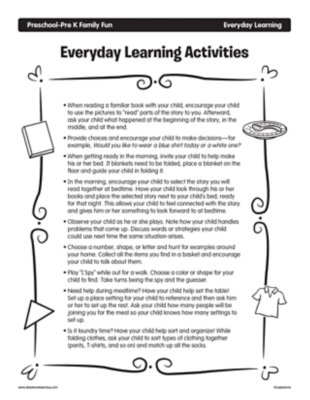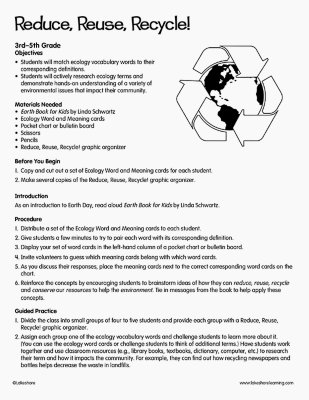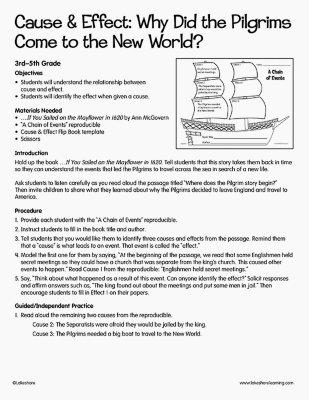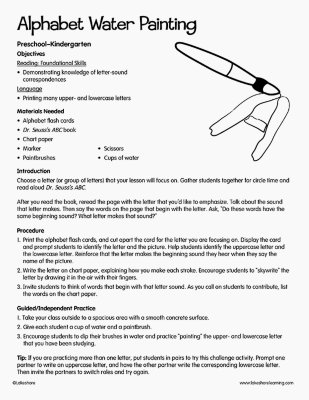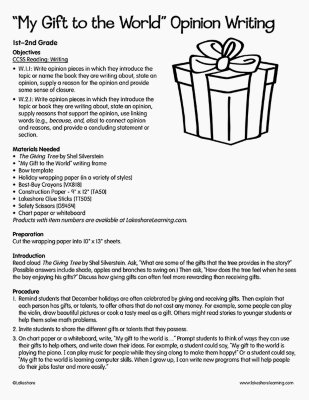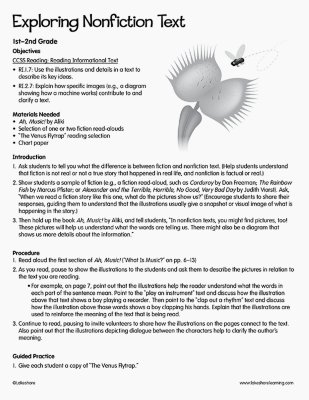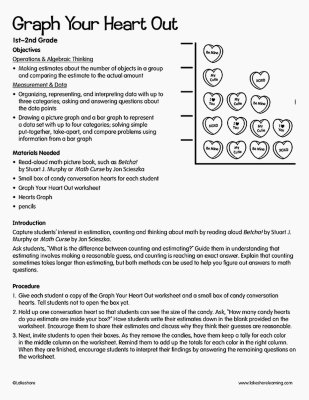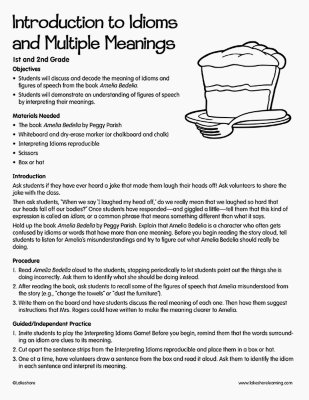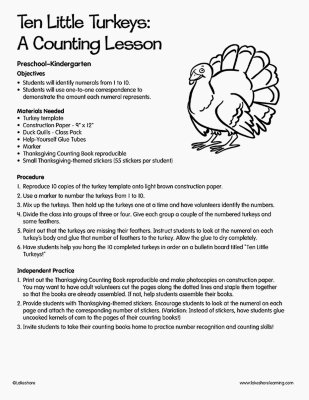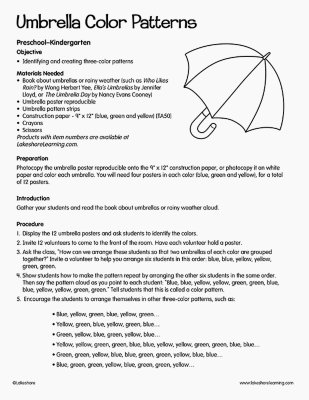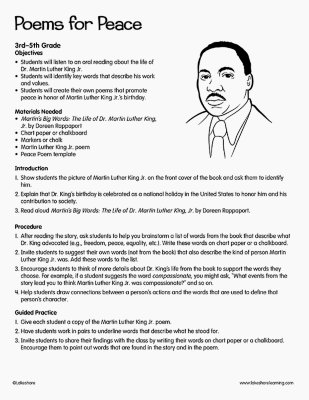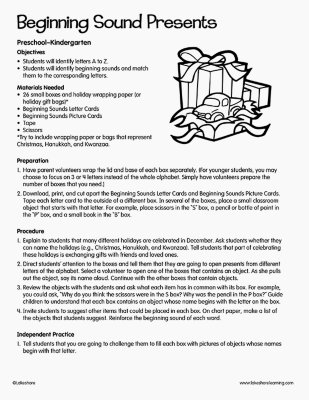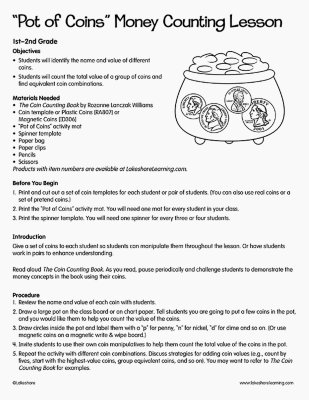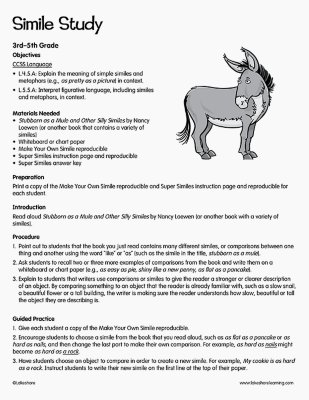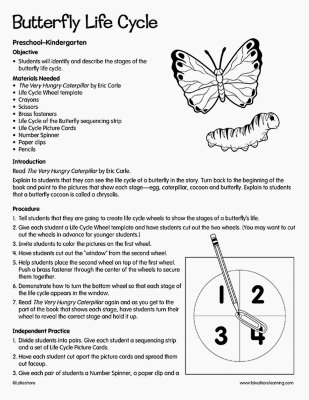Narrow by Grade
Grade
49 results for "books"
Objectives
• Infants will show interest in shared reading experiences and looking at books.
• Infants will show interest in books by reaching for books and exploring them through touch.
• Infants will imitate adults by pointing at pictures.
• Infants will develop print awareness.
Objectives
• Toddlers will be exposed to books and print.
• Toddlers will develop language skills.
Objectives
• Toddlers will identify feelings and emotions.
• Toddlers will recognize facial characteristics associated with emotions.
Objective
- Children will explore cultural diversity displayed in language.
Book Journal Start a journal with your child in which you write letters back and forth to each other about the books you are reading. Ask questions about the characters or things you’ve learned from the books, or describe how the books remind you of other books you’ve read.
View Lesson PlanObjectives
• Toddlers will build oral language and vocabulary skills.
• Toddlers will retell stories.
• Toddlers will be exposed to books and print.
Objectives
• Toddlers will build vocabulary through word repetition.
• Toddlers will build oral language skills.
• Toddlers will be exposed to books and print.
Objectives
• Infants will show interest in shared reading experiences and looking at books.
• Infants will build vocabulary.
• Infants will develop memory and listening skills.
Objectives
• Toddlers will build vocabulary through word repetition.
• Toddlers will build oral language skills.
• Toddlers will be exposed to books and print.
Everyone’s a Critic After you read a book or watch a movie, invite your child to pretend to be a newspaper critic! Have your child summarize the book or movie and then analyze it. What did he or she like about it and why? Would he or she recommend it? Make sure your child uses examples from the book or movie to support his or her opinion.
View Lesson PlanEveryday Learning Activities
- When reading a familiar book with your child, encourage your child to use the pictures to “read” parts of the story to you. Afterward, ask your child what happened at the beginning of the story, in the middle, and at the end.

